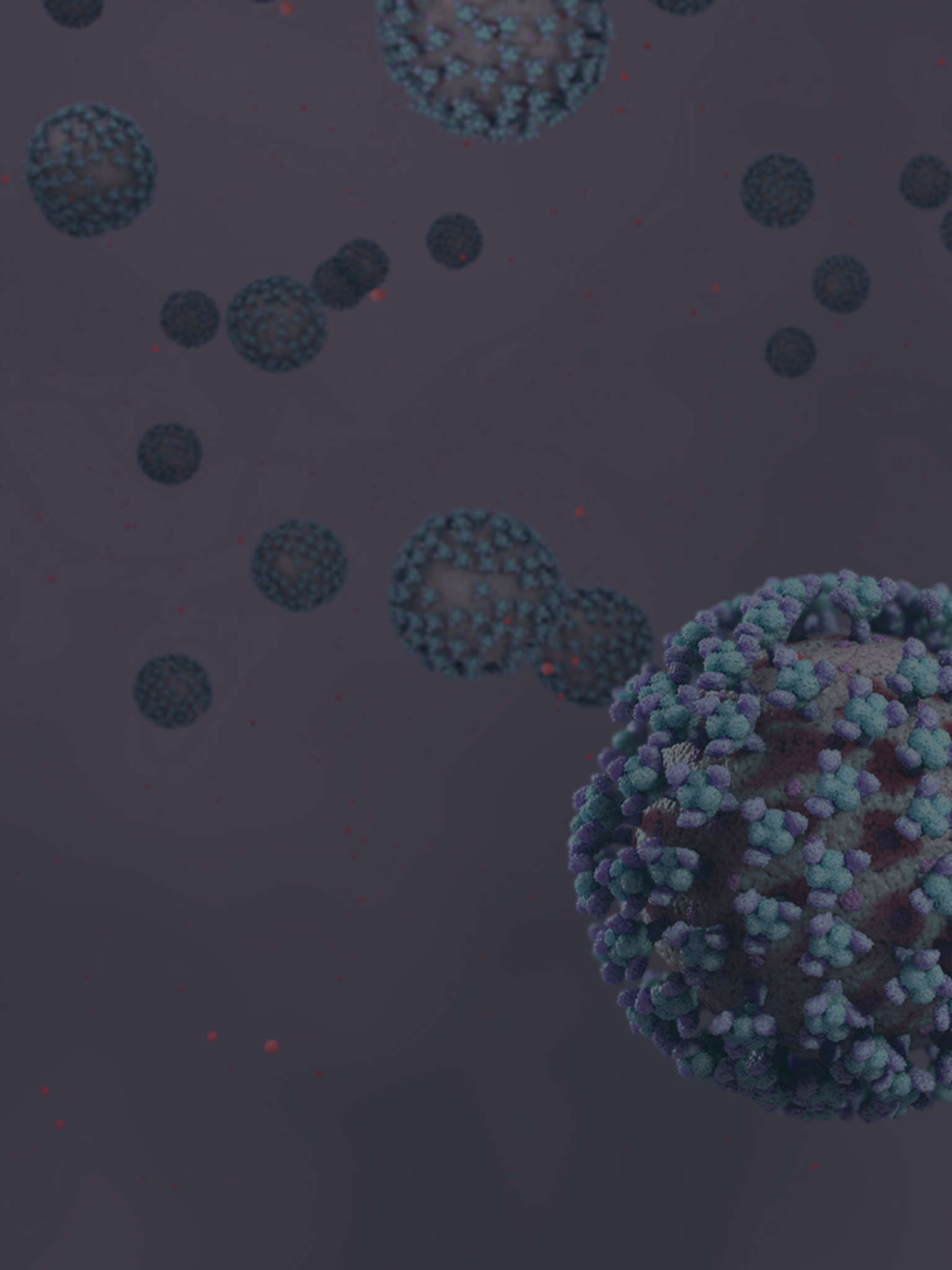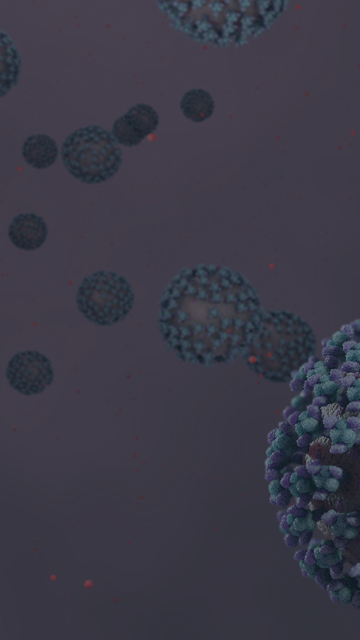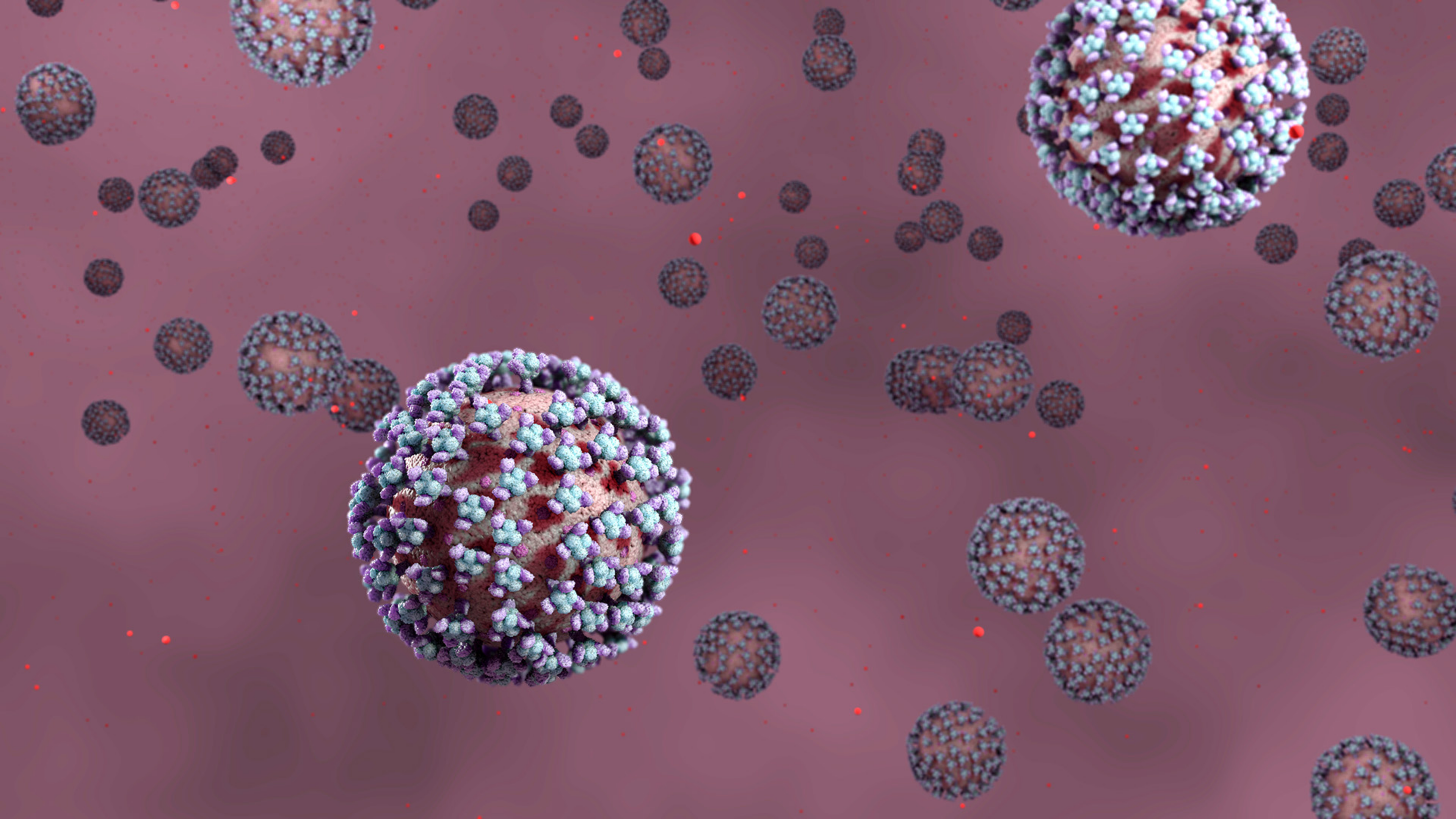

COVID-ARC helps address the immediate need to understand the spread and impact of COVID-19 with a platform of networked and centralized archives that store, curate, visualize, and disseminate multimodal data related to the disease. The platform includes patients’ demographics, clinical evaluations, vitals, EKGs, and imaging data, such as CT, X-Ray, PET, ultrasound and MRI.
COVID-ARC data, together with a variety of analytic tools, are shared broadly with the world-wide scientific community. This will help maximize the potential for research progress by uniting scientists from diverse fields, including medicine, public health, and artificial intelligence.
COVID-19 Data Archive
COVID-ARC helps address the immediate need to understand the spread and impact of COVID-19 with a platform of networked and centralized archives that store, curate, visualize, and disseminate multimodal data related to the disease. The platform includes patients’ demographics, clinical evaluations, vitals, EKGs, and imaging data, such as CT, X-Ray, PET, ultrasound and MRI.
COVID-ARC data, together with a variety of analytic tools, are shared broadly with the world-wide scientific community. This will help maximize the potential for research progress by uniting scientists from diverse fields, including medicine, public health, and artificial intelligence.




























